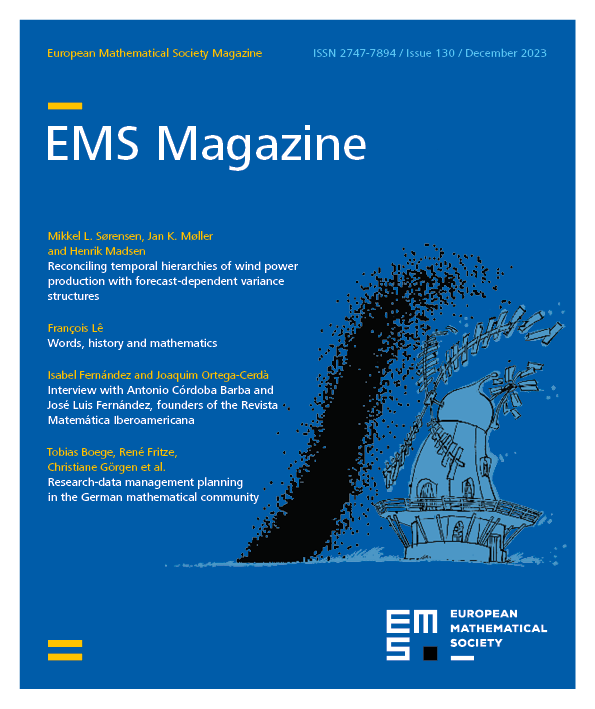All rights reserved.
Chalk – the soft white sedimentary rock many of us use on chalkboards to express our mathematical thoughts and ideas – is the central character in Do Not Erase: Mathematicians and Their Chalkboards. This remarkable book exposes many layers, as often happens in geology, each layer a story that is beautifully told by photographer Jessica Wynne.
Wynne tells us in her introduction something about the way her idea for this book came about. Her parents were teachers and on weekends she and her sisters would often play in classrooms that were “hot and musty and smelled of teenagers and chalk.” Years later she led a group of photography students on a study abroad trip to India where a school principal took them up to the roof of a schoolhouse. Chalkboards filled with lessons in Hindi ran all along the low wall surrounding the roof. Wynne photographed each chalkboard, beautiful and yet inaccessible to her.
In Do Not Erase Wynne similarly displays more than a hundred photographs of chalkboards that express the beauty of mathematics and the creativity of mathematicians from around the world. Each photograph is accompanied by a short essay on the facing page where an eminent mathematician talks about their chalkboard, explaining the images on the board and the collaborative human process that produced them.
My favorite chalkboard in this book is one that, as mathematician Nancy Hingston explains, could be understood by almost anyone, even a creature in another galaxy (see Figure 1). It is simplicity itself. On the left she has drawn a rather ordinary looking doughnut, except that it has two holes instead of just one, and below it the exact same doughnut, but this time with the arch from one hole passing through the other hole so that the resulting doughnut is now a bit tangled. Then on the right side of the chalkboard she has a very long “doughnut” with six holes and next to it an absolutely gorgeous drawing of a mathematically equivalent, incredibly tangled object with the same six holes that immediately reminds one of a wonderful sculpture by Henry Moore.
All rights reserved.
My favorite essay in this book is by Fields medalist Terence Tao on the twin prime conjecture: we have known since the time of Euclid that there are infinitely many prime numbers, but we do not yet know whether there are infinitely many twin primes such as 17 and 19, or 179 and 181, or 1487 and 1489. Tao uses a wonderful metaphor involving fog and mist, mountain peaks and fertile valleys, to describe the interconnected web of ideas and results that surround this famous unsolved problem, and his chalkboard is filled with formulas, theorems, still more conjectures, and various arrows linking everything together.
Another essay tells us about two mathematicians, who had been working obsessively for a very, very long time on a problem called the Willmore conjecture, when they suddenly cracked the problem during a family Thanksgiving Day celebration as things finally clicked for them. André Neves and Fernando Codá Marques had just found the exact optimal shape for a surface with one hole that minimizes a natural bending energy called the Willmore energy. Their optimal surface is lovely and looks like a very fat doughnut with a tiny hole in the middle that you could just barely get your little finger into. After nailing their solution at long last, it looked so natural and simple to them that they could finally just relax and go back and enjoy the rest of Thanksgiving Day with everyone else.
Do Not Erase is a mathematics book that at its core is fundamentally about beauty and creativity. My copy currently resides on a coffee table where it joins several of other art books. It now sits quite comfortably right next to Monet: A Retrospective and photographer John Fielder’s Colorado 1870–2000.
Jessica Wynne, Do Not Erase: Mathematicians and Their Chalkboards. Princeton University Press, 2021, 240 pages, Hardcover ISBN 978-0-691-19922-1.
Cite this article
John J. Watkins, Book review: “Do Not Erase: Mathematicians and Their Chalkboards” by Jessica Wynne. Eur. Math. Soc. Mag. 130 (2023), pp. 66–67
DOI 10.4171/MAG/169